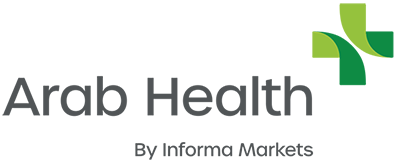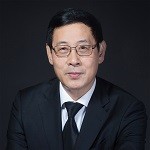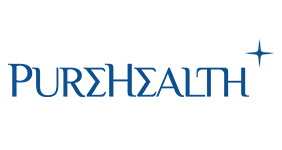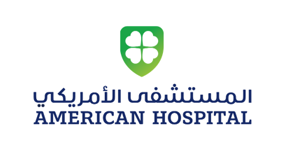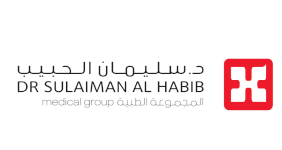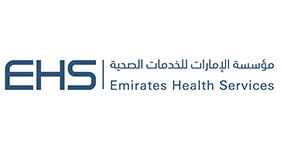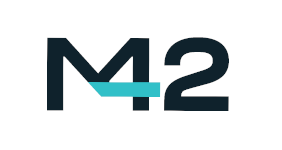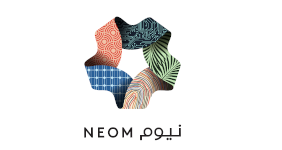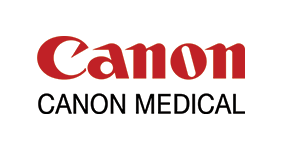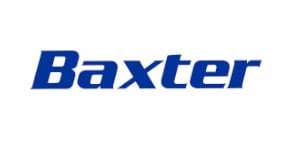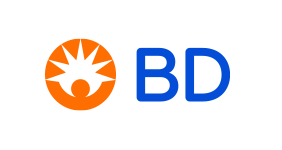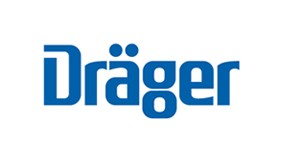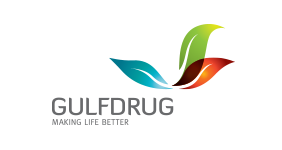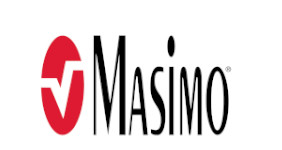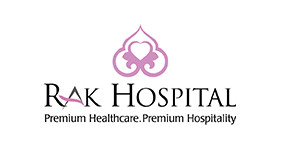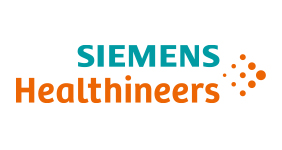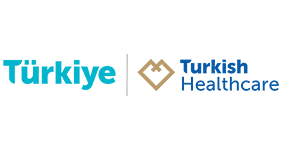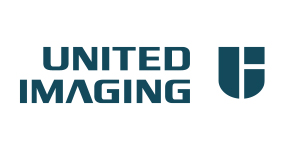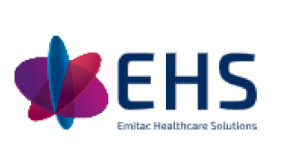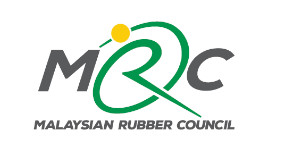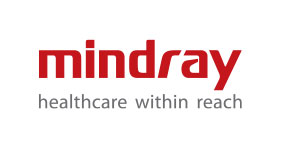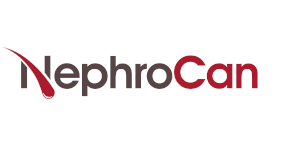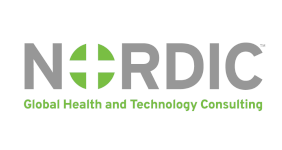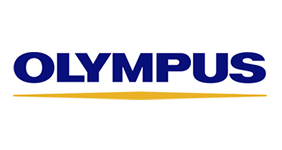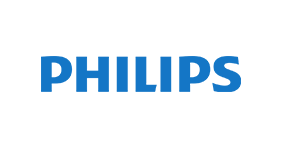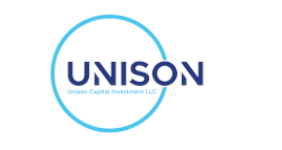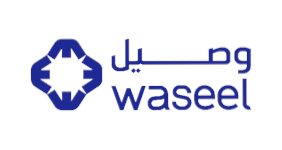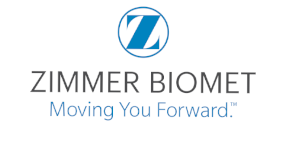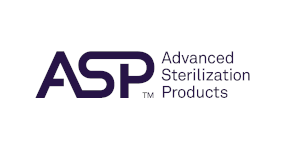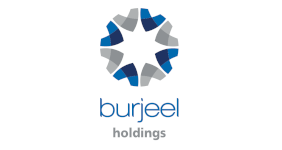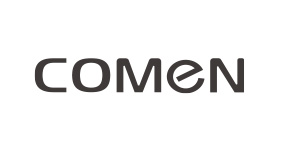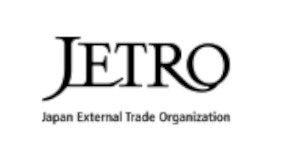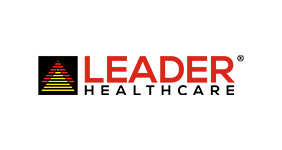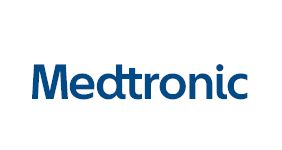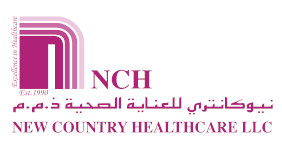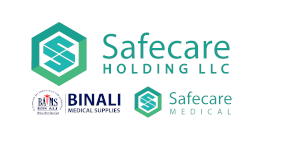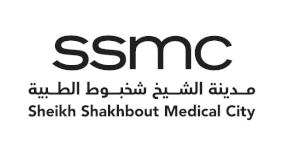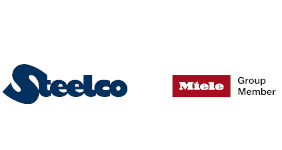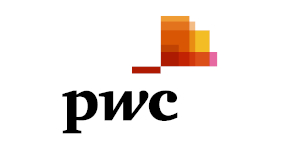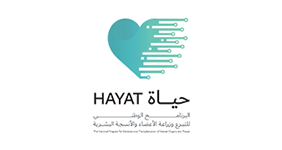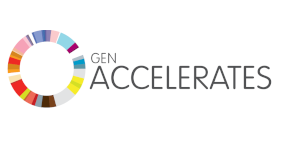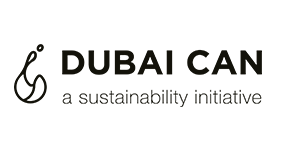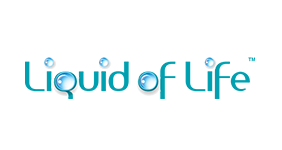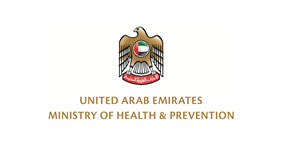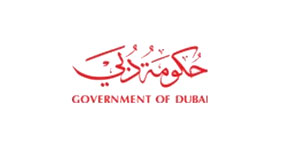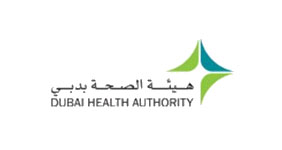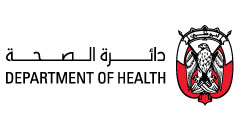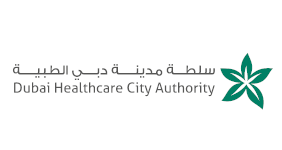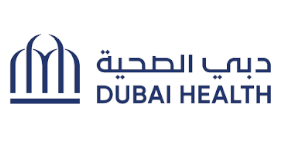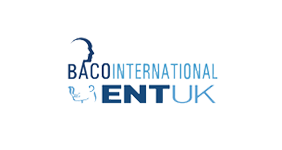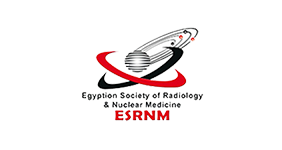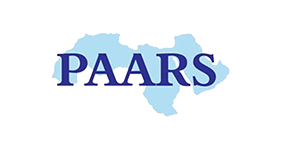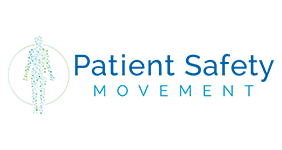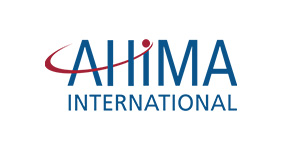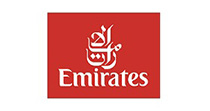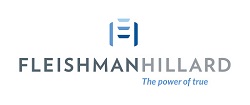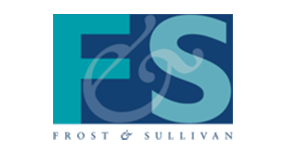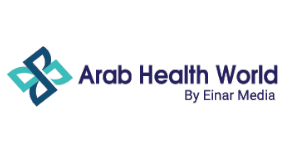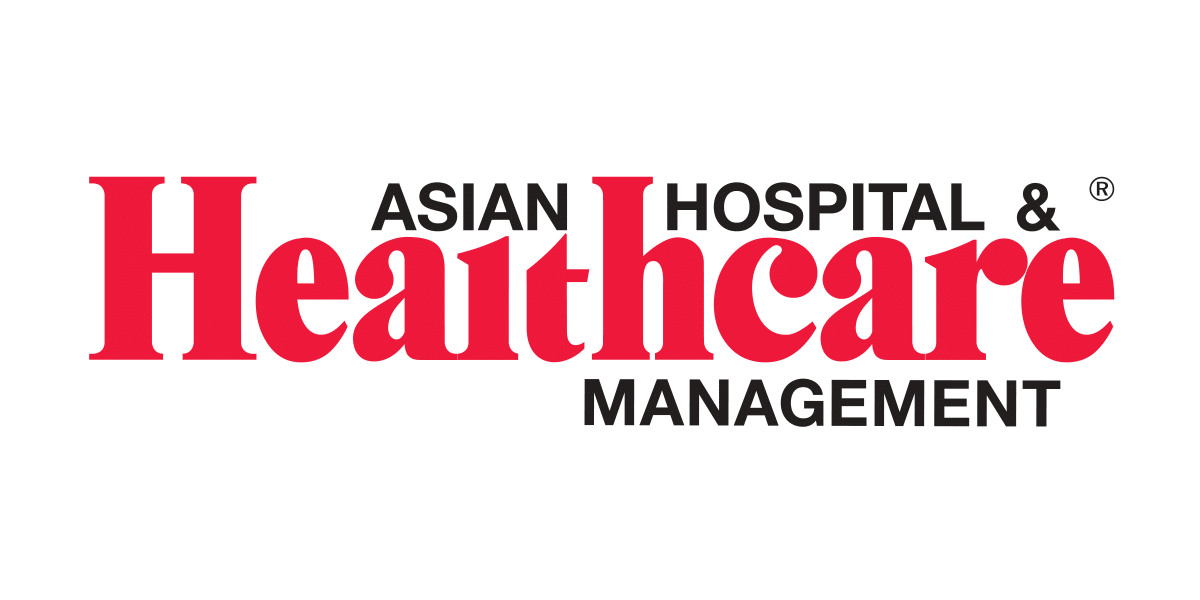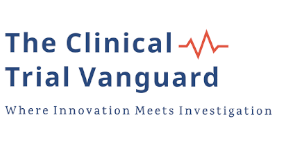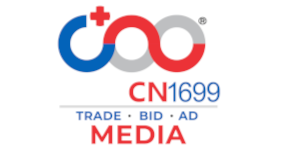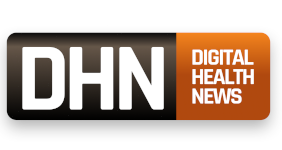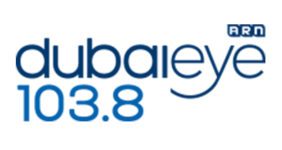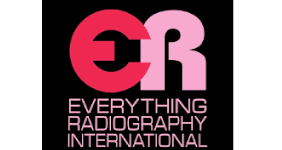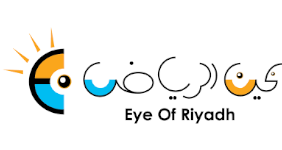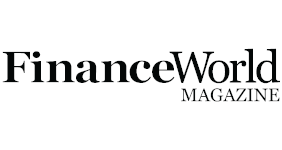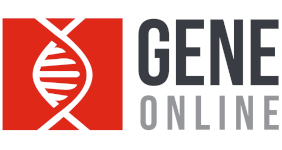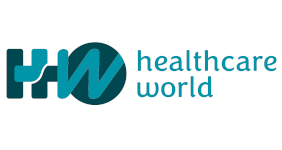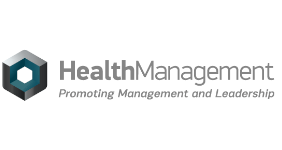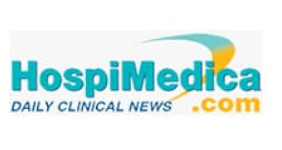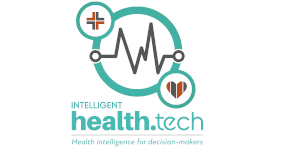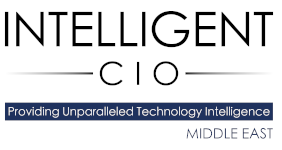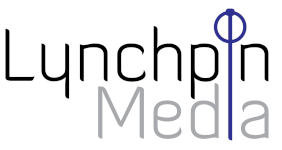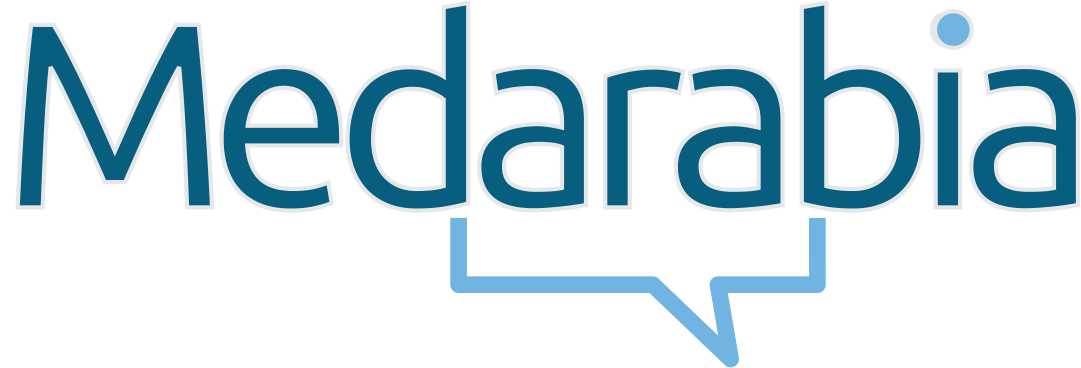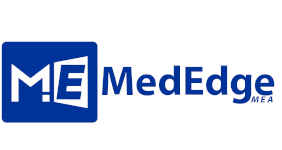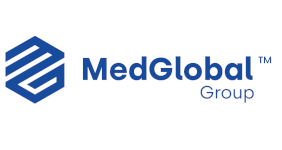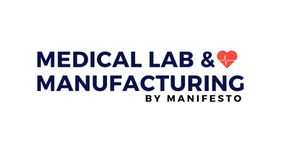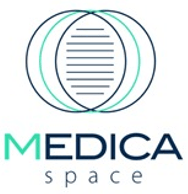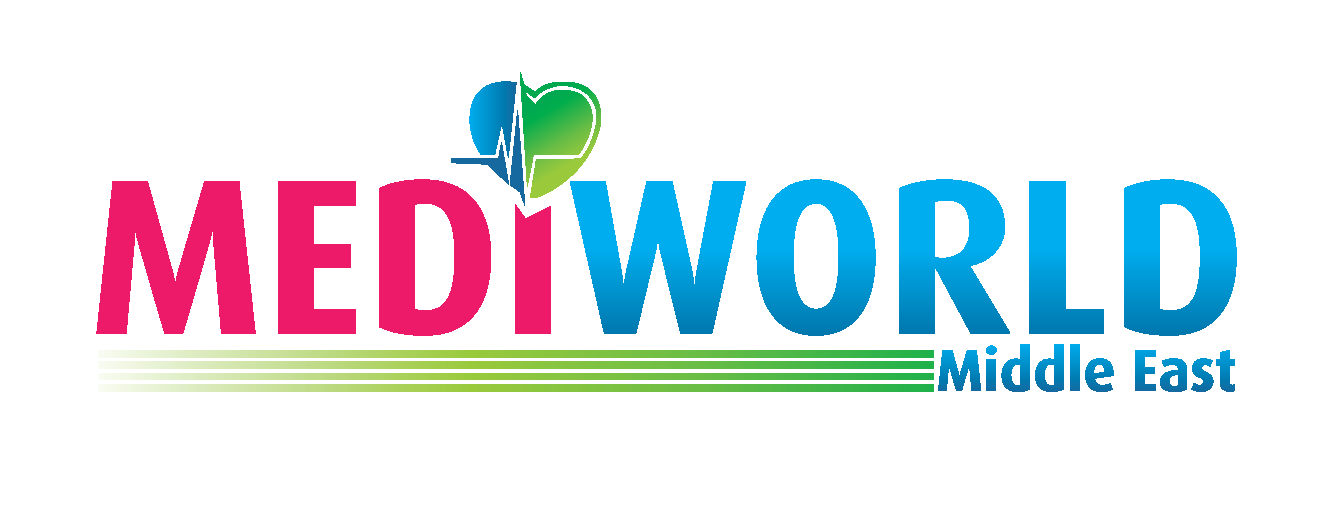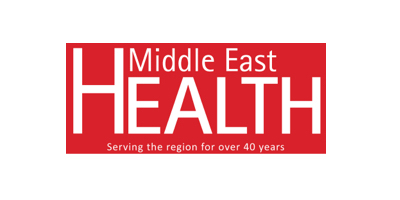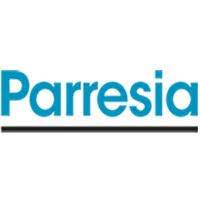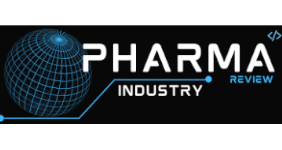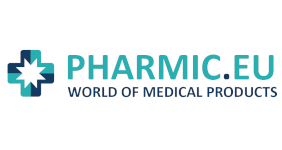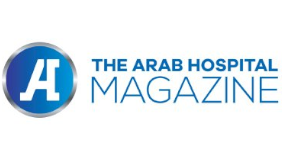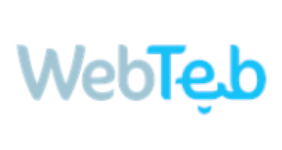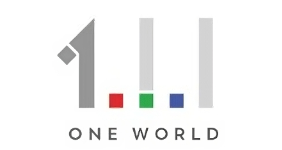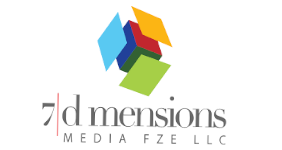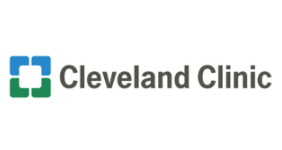Interview with Xue Min, Chairman and CEO of United Imaging Healthcare Technology Group
1. Tell us about yourself. How did you come to work in healthcare?
My name is Xue Min, and I am Chairman and CEO of UIH.
I received my Ph.D. degree in biomedical engineering from Case Western Reserve University and the Cleveland Clinic Foundation. After graduation, I worked as a senior researcher at the Cleveland Clinic Imaging Institute.
In the 1990s, driven by China’s policy of reform and opening up, starting a business almost became a national campaign in China. The domestic high-end medical imaging industry, especially the MR and CT sectors, was still in its infancy but showed promise. Hoping to put my years of research into practice, I went back to China and founded my first startup. That’s when I transformed from a researcher into a businessman. During this period, I led the development of China’s first 1.5T superconducting MR.
2. As an exclusive partner at Arab Health 2020, what different, innovative products and solutions will you bring to the show? How is United Imaging doing in the Arabian market?
As one of the top four medical device trade shows in the world, Arab Health is very influential in the Middle East and Africa region, even in APAC. We are honored to be a part of this prestigious event. This is our first time to attend a trade show in the Arab world.
United Imaging will make our debut at Arab Health with a full portfolio of products, including MR, CT, PET/CT, PET/MR, XR, and AI. Along with our world-leading, high-end devices, such as our total-body PET/CT uEXPLORER and HD TOF PET/MR, we will also bring some blockbuster new products customized for the local market, as well as a revolutionary MR product.
In particular, the world’s first total-body PET/CT uEXPLORER was developed by United Imaging in partnership with the EXPLORER Consortium. It accomplishes total-body imaging in a single bed position in as little as 20 to 30 seconds. It can also generate a continuous “movie” showing real-time tracer distribution and uptake over the entire body. That’s why it is hailed as “the Hubble Space Telescope for the human body.”
The Middle East and Africa region has always been a focus area among our overseas markets. We established our regional headquarters in Dubai to provide better services to this local market. Presently, United Imaging devices have been deployed at several hospitals and imaging centers in Egypt, Morocco, and South Africa. In the future, we hope to work with more local partners, to bring more premium products and services to our valuable customers.
3. Connectivity for better healthcare delivery is the theme of Arab Health this year. What would you say is the current impact of connectivity on the delivery of healthcare?Connectivity represents a key trend in the healthcare sector. Especially in recent years, emerging technologies like AI and the internet have enabled closer connections and collaborations among different departments, hospitals, and regions by crossing disciplinary and geographic boundaries.
China is a vast country with unevenly distributed medical resources. We aim to share the premium medical resources of large cities with more hospitals in underdeveloped areas via internet technologies, so small hospitals can submit scanned images for remote diagnosis at larger ones. In this way, we can help alleviate the lack of resources and diagnostic skills in rural areas, which is of great social significance. With our efforts, more than 1,700 hospitals in 19 provinces and municipalities have been connected to cover 100 million patients. As far as I know, the uneven distribution of medical resources also represents a major challenge to the Middle East and Africa region, and we wish to contribute with better solutions.
Of course, by connectivity, we mean not only connections between hospitals but also those among the industry, academia, and clinics. The coordinated cooperation of all stakeholders can more effectively drive the iteration and innovation of products. Arab Health offers a great platform for cooperation, exchange, and connection. As a young brand, United Imaging wishes to take the opportunity to improve brand awareness among local customers and engage with more local hospitals and vendors. In the future, we are looking forward to working with all stakeholders to provide better medical resources to local patients.
4. What, according to you, are the healthcare trends to watch out for in 2020?
In 2020 and future years, the high-precision, low-dose, multimodality, and “smaller but smarter” trends will dominate the high-end medical device sector, bringing drastic changes to product forms and functions. There will be an increasing number of products with multi-modal image-fusion functionality and a smaller footprint, coupled with a fully intelligent workflow from scanning to diagnosis.
Over the past few years, AI has been a focus area in global markets and has brought radical changes to the medical imaging sector. That’s why we founded an AI subsidiary to enable our portfolio and support clinical needs. We believe that AI will go beyond the diagnosis and treatment areas to play a more important role in the healthcare sector, benefitting the general public with consumer-oriented applications.
5. What, according to you, are the opportunities available to healthcare and trade professionals who attend Arab Health?
Every year, Arab Health attracts thousands of manufacturers, hospitals, and other players in the medical device value chain from all over the world, and it provides an excellent platform for cooperation and exchange. For United Imaging, Arab Health offers a great opportunity to get in-depth insights into customer demands, engage with the local market, and make connections with stakeholders.
6. Could you shed light on your future plans?
In the future, we will continue to explore international markets to bring our premium medical devices and services to more people. Currently, United Imaging products have been deployed at medical and research institutes in 22 countries and regions, including China, the U.S., Japan, and the EU. Last year, a regional headquarters integrating R&D, manufacturing, and marketing functions was established in the U.S. We have long-standing partnerships with some top institutes, including UC Davis Health and Washington University School of Medicine in St. Louis.
As I said, the Middle East and Africa region is a focus area with great potential for United Imaging. In the future, we will strengthen our footprint in this area to get in-depth insights into regional markets, in order to provide more high-end medical imaging devices and premium services in alignment with local demands. Meanwhile, we will work with more top hospitals to offer customized solutions and services, seeking more intensive and extensive cooperation in the clinic and research fields.
In addition to medical imaging, we are also focused on cutting-edge areas, such as medical AI, chips, operation robots, and wearables. We hope to create more value for users through continuous innovation.
7. Anything else you would like to add.
At this year’s Arab Health, United Imaging will not only present several blockbuster products customized for the Arabian market, but we also plan to announce some strategic partnerships of great significance to the local market.
